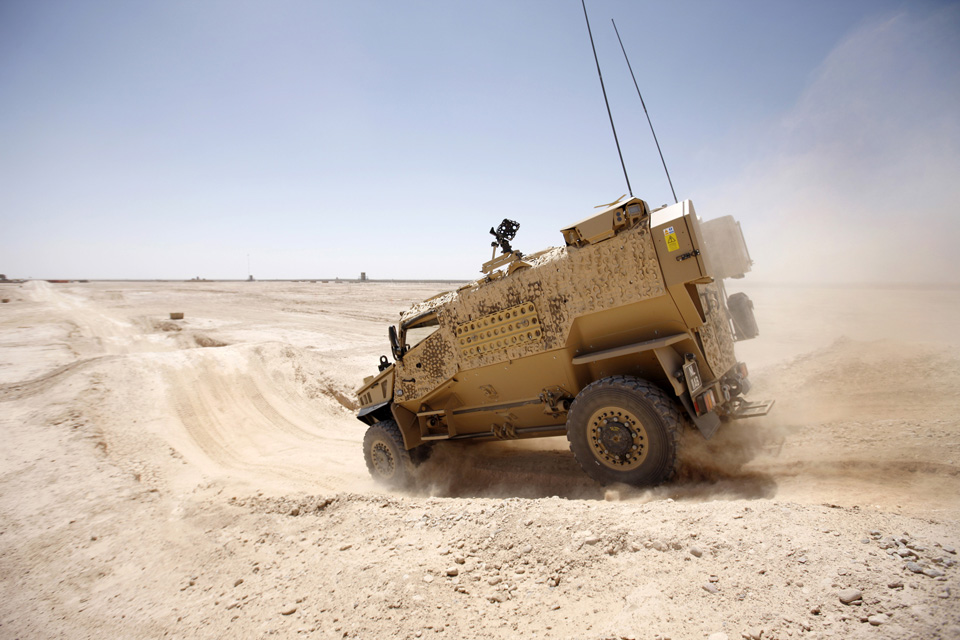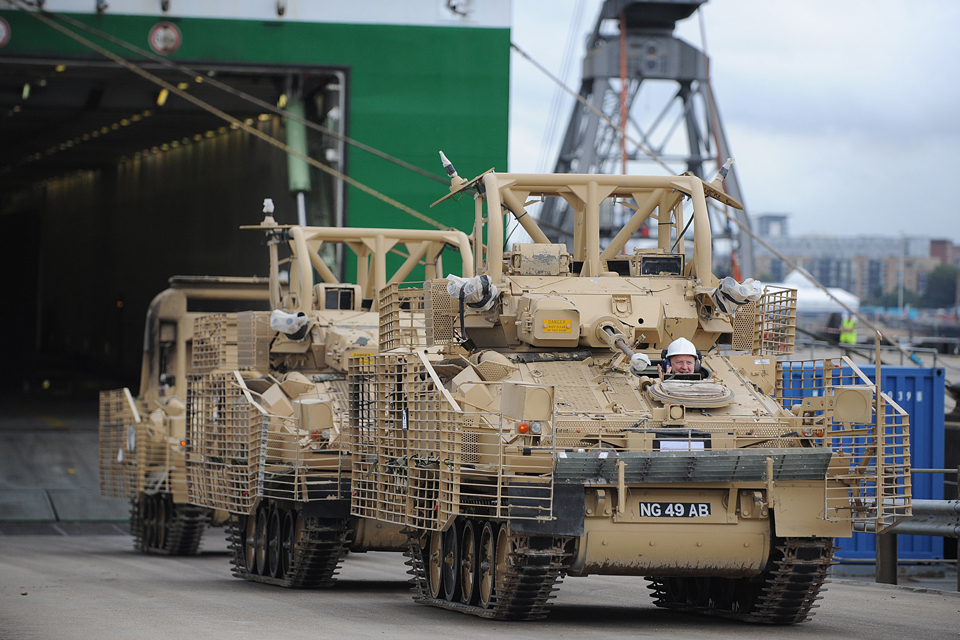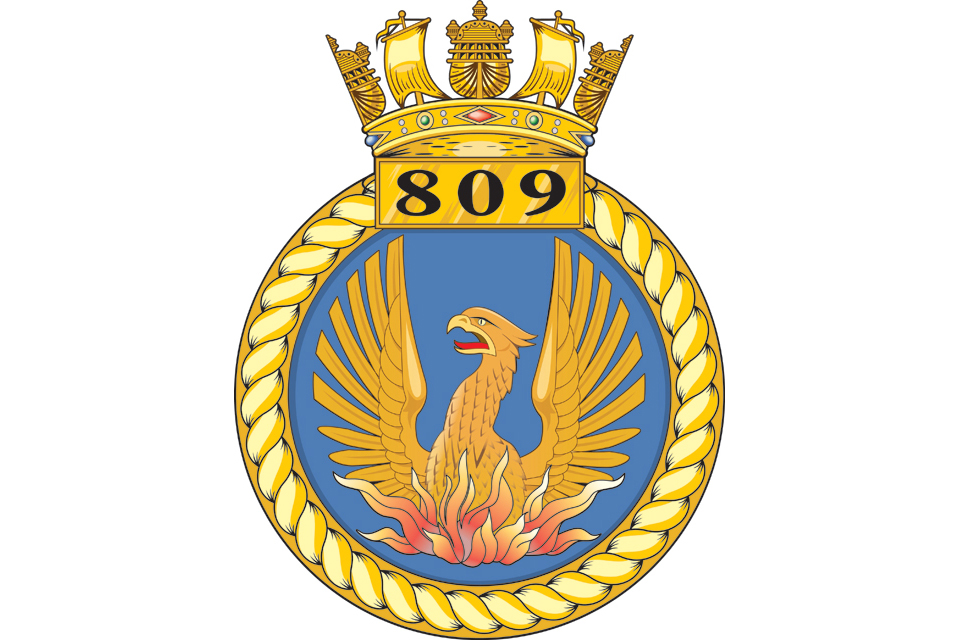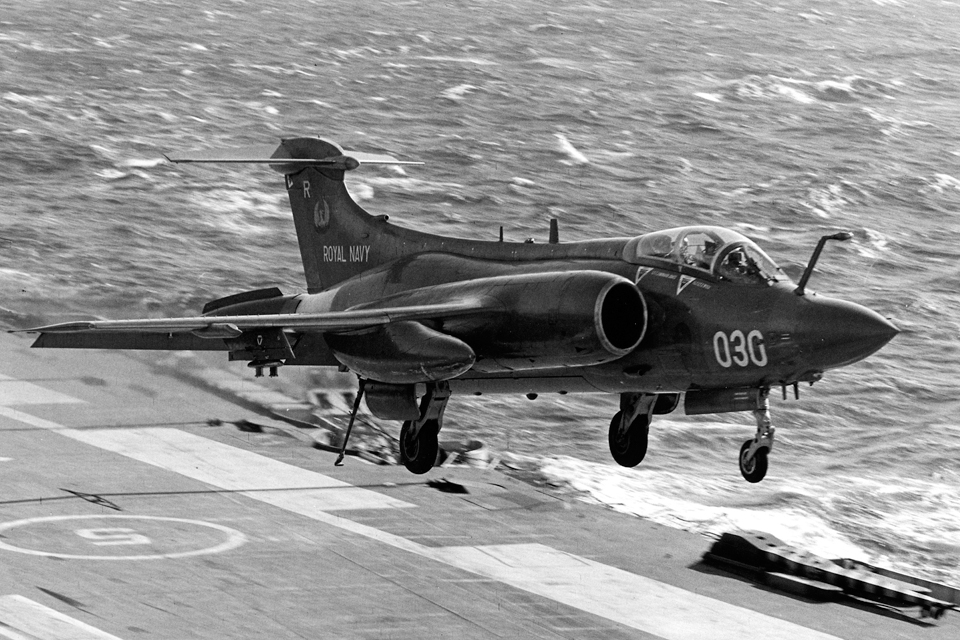The Royal Navy destroyer Daring pulls alongside the US destroyer Chafee in the Pacific Ocean in July. The head of the UK Royal Navy said Daring is conducting tests in the Pacific to see what role British vessels might play in ballistic-missile defense. (MC2 Sean Furey/Navy)
Sep. 11, 2013 - By ANDREW CHUTER – Defense news
LONDON — One of the UK Royal Navy’s new Type 45 destroyers is conducting tests to establish whether the warships could provide British forces with theater ballistic-missile defense (TBMD) capabilities for the first time, according to the head of the Royal Navy.
First Sea Lord Adm. Sir George Zambellas, said during a speech to industry executives and military personnel on the opening day of the DSEi defense exhibition on Tuesday that “The type is on trials in the Pacific to explore the ballistic-missile defense capabilities that are ready to be exploited, bringing strategic opportunities to the vessel.”
The Type 45 destroyer Daring, one of six Type 45s built by BAE for the Royal Navy, has been in the Pacific for several weeks, having departed its Portsmouth base this summer for a wide-ranging nine-month deployment, which the Royal Navy said in May would include science and technology trials.
The work is being done as part of a US Missile Defense Agency (MDA) research and development test.
In March, the UK Missile Defence Centre (MDC) revealed it was collaborating with industry and the MDA to “explore the potential of the Royal Navy’s destroyers to conduct TBMD missions.”
The MDC said at the time that the new BAE Systems Sampson radar fitted to the Type 45s would be used in detecting and tracking ballistic targets during the MDA tests.
The radar is part of the Sea Viper anti-air missile system, which includes the MBDA-developed Aster 30 weapon.
Successful satellite tracking experiments involving Sampson have already been conducted.
In May, the UK Defence Ministry confirmed it was talking to Aster 30 partners France and Italy about developing an extended-range version of a missile already used by the French and Italian armies to intercept incoming missiles
While there is no program to adapt the Type 45 to include TBMD capability, the trials support the possibility of such a move once a decision whether to go down that route is made by the British government.
NATO is already moving to strengthen its TBMD capabilities, including on the maritime front. Raytheon has been doing preparatory technology work as part of an effort to interest European navies, such as the Dutch and Germans in its Standard Missile-3.
While Zambellas pointed to tests that could see the Royal Navy adding capabilities to allow it to work alongside the US Navy’s Aegis-equipped ballistic-missile defense warships, Britain’s Defence Secretary Philip Hammond also boosted the Royal Navy’s air defenses with a contract announcement on the Sea Ceptor missile.
Speaking at DSEi, Hammond said the MoD had signed a £250 million (US $392 million) production contract to provide the anti-air missile defenses for the Type 23 frigate starting 2016 and future Type 26 frigate sometime in the early 2020s.
The UK government and MBDA signed a £483 million development contract in late 2011.
Overall, naval matters dominated the opening day of DSEi.
BAE announced a £22 million contract to support and maintain the Royal Navy’s River-class offshore patrol vessels.
Rolls-Royce unveiled the design for a new family of maritime patrol craft starting with a 500-ton, 55-meter vessel, while first time DSEi exhibitor CTruk launched an 11-meter, twin-hulled, fast-attack raider capable of speeds in excess of 40 knots.
The marine side of the British engine maker set up a naval ship design team last year, and the patrol craft, complete with Rolls-Royce systems ranging from propellers to steering gear, is the first product of that effort.
A 90-meter design is set to follow by the end of the year and a 75-meter variant sometime in 2014.
The Rolls-Royce marine business is expected to be named the gas turbine supplier for the Type 26 on Wednesday, as BAE announces a first wave of equipment selections for the upcoming frigate program.
CTruk is a small, British-based boat designer best known for building offshore wind-support vessels, although it is moving into the defense sector.


























![Sea Ceptor missile trial in Sweden [Picture MBDA UK Ltd]](http://img.over-blog-kiwi.com/0/54/74/56/201309/ob_271a46_sea-ceptor-missile-trial-in-sweden-picture-mbda-u.jpg)









